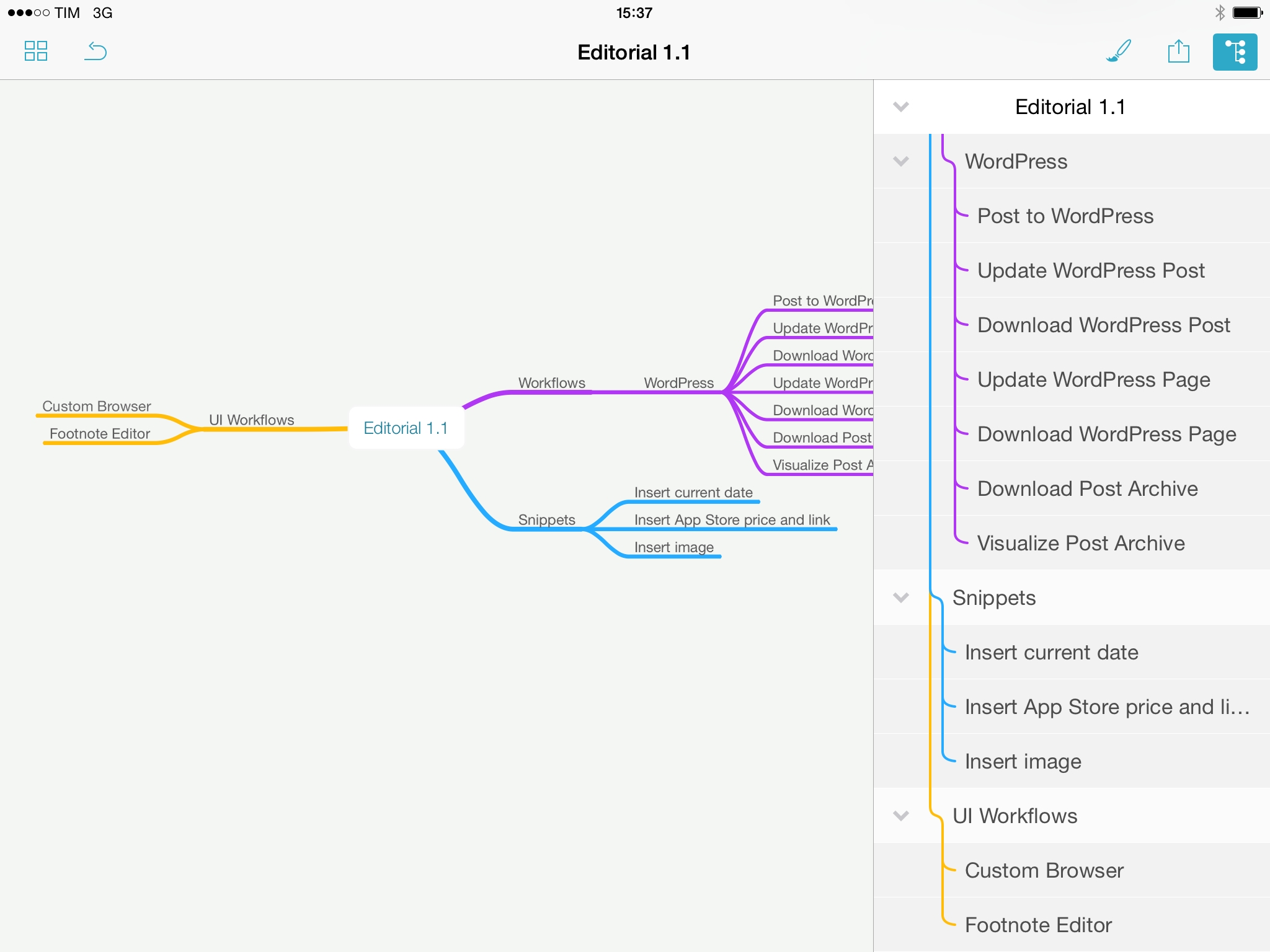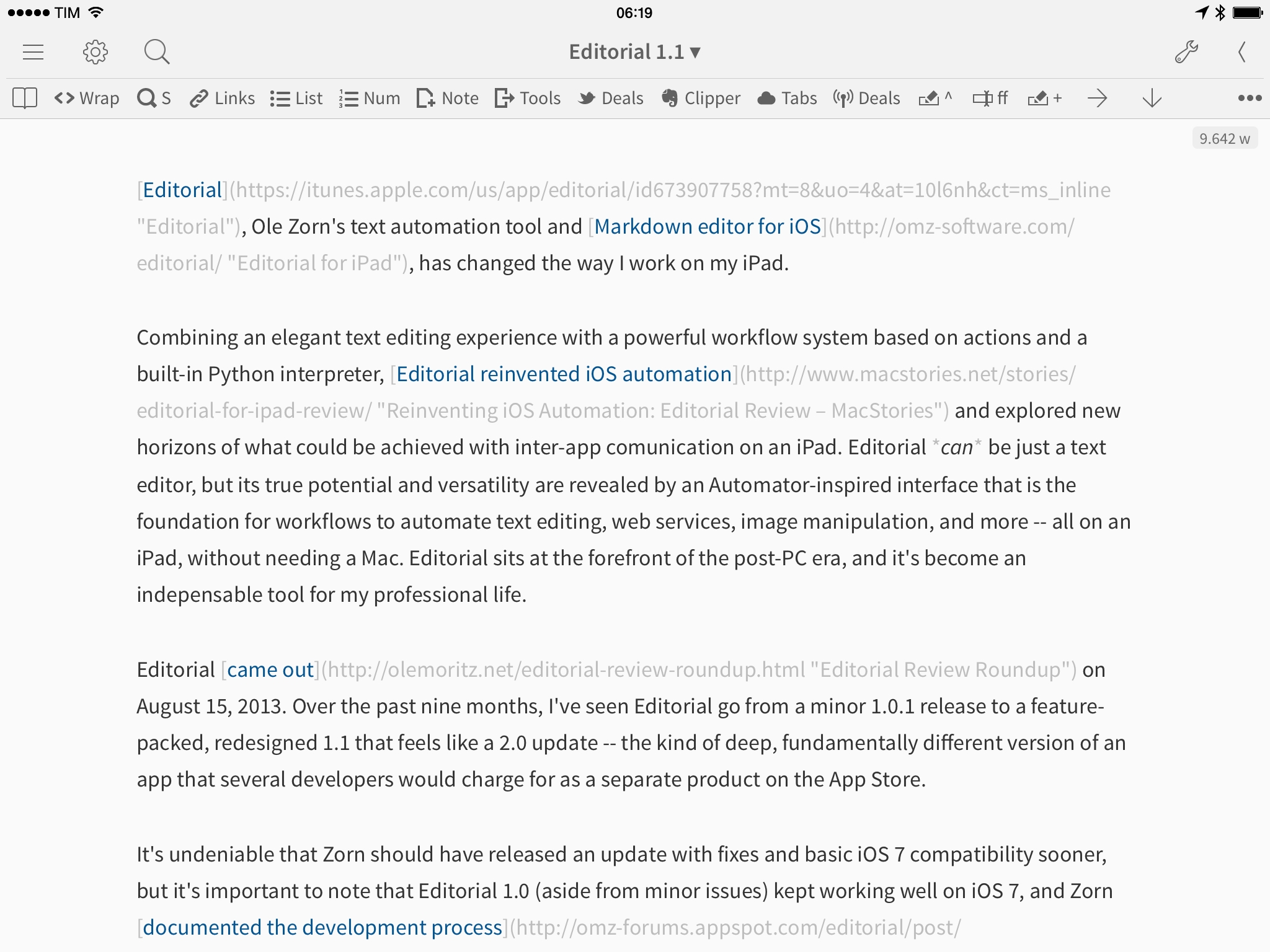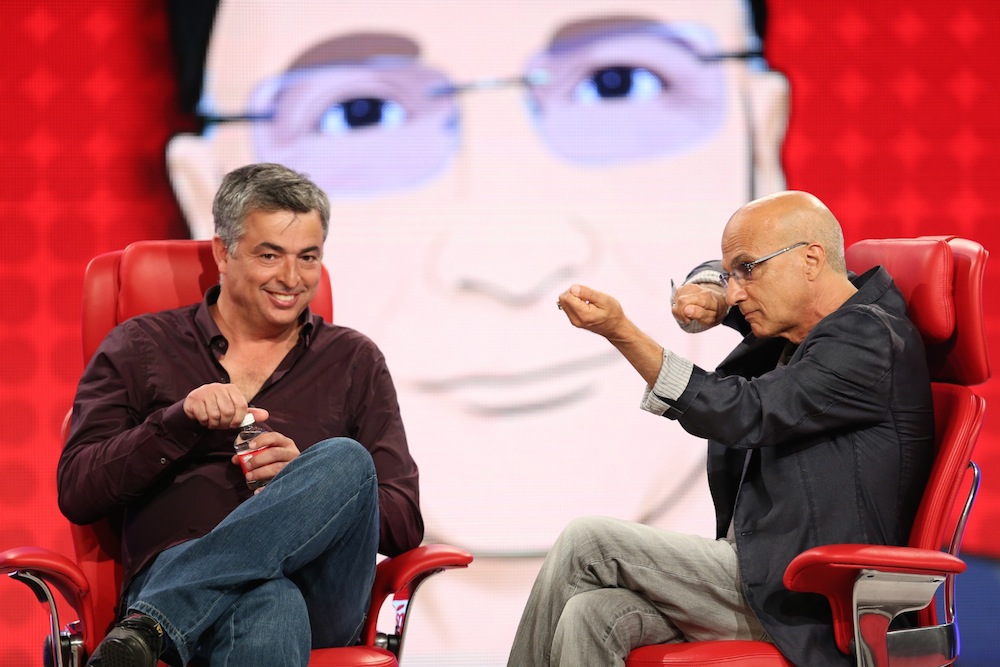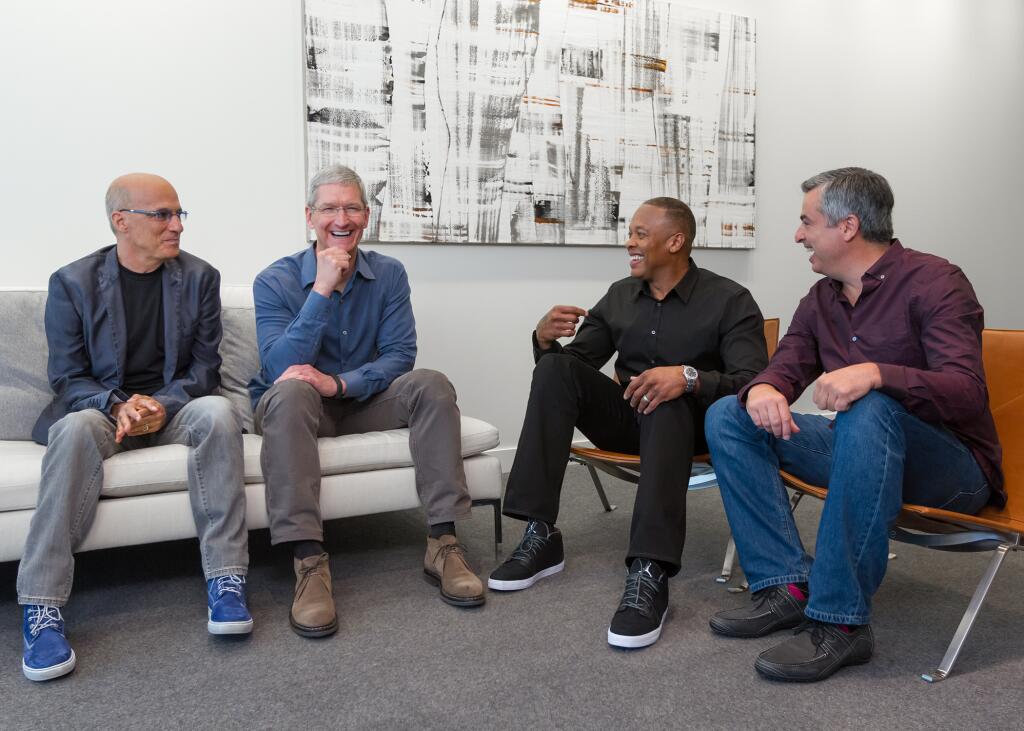Following speculation surfaced over the past few weeks, Apple today confirmed the acquisition of Beats Music, a music streaming service that launched in January, and headphone-maker Beats Electronics, co-founded by music industry executive Jimmy Iovine and rapper Dr. Dre. Beats represents Apple’s biggest acquisition to date: Apple is spending a total of $3 billion to acquire Beats, which will continue to be a separate brand.
In a press release, CEO Tim Cook stressed the importance of music as a cultural tenet of Apple:
“Music is such an important part of all of our lives and holds a special place within our hearts at Apple,” said Tim Cook, Apple’s CEO. “That’s why we have kept investing in music and are bringing together these extraordinary teams so we can continue to create the most innovative music products and services in the world.”
In the same press release, Apple’s Eddy Cue remarked Beats’ focus on music products and noted how the Beats Music subscription service will be added to Apple’s music lineup, which consists of iTunes Radio, iTunes Match, and the iTunes Store. The Beats Music app for iOS was updated earlier today with a lower-priced annual subscription and an extended free trial; Apple has confirmed that they will keep developing Beats Music apps for other platforms, which at the moment include Android and Windows Phone.
The Beats Music team will be joining Apple and report to Senior Vice President of Internet Software and Services Eddy Cue.
Beats Music launched earlier this year featuring a selection of human-curated playlists handpicked by an editorial team of music experts, such as former Pitchfork editor-in-chief Scott Plagenhoef and top radio programmer Julie Pilat. In their press release, Apple included a mention of Beats Music’s unique offerings:
Beats Music is a subscription streaming music service that focuses on providing a personalized music experience for each user through a unique blend of digital innovation and musical passion. Programmed by a trusted team of well-respected music experts with over 300 years of experience across all genres, Beats Music delivers the right music for any situation, any time, and any preference, personalized to your tastes. The result is an artist-friendly digital music service that does more than simply offer access to music, but one that establishes an emotional connection to it as well.
The sentiment was echoed by Tim Cook, who wrote about how Beats Music, of all modern music streaming services, was the first one to “get it right” in a company memo published by 9to5Mac:
Beats Music was built with deep respect for both artists and fans. We think it’s the first subscription service to really get it right. Both Apple and Beats believe that a great music service requires a strong editorial and curation team, and we will continue to expand what we do in those areas. The addition of Beats will make our incredible iTunes lineup even better, extending the emotional connection our customers have with music.
In Apple’s current plans, the company will keep the Beats brand separate and sell its popular premium headphones (widely regarded as modern fashion accessories) and music streaming service. In Cook’s words, as reported by The New York Times, the Beats team is “really unique”; he added that the deal – which should close by the end of the fiscal year – was a “no-brainer”.
Beats’ deal with Apple will sever a partnership between the audio company and HP, which integrated Beats branding and software in some of their products. As reported by CNET:
A company spokesman said in an email that HP is allowed to continue developing products with new Beats Audio technologies through 2014. But it’s allowed to continue selling devices with the Beats Audio logo and technology through 2015. HP says it’s planning an aggressive lineup of new products that includes the Beats branding through 2014. These products will have the full Beats Audio experience, the company says. Currently, Beats technology is included in about 15 percent to 20 percent of devices sold by HP.
Another partnership that will terminate after Apple’s acquisition will be the one with Ammunition, the design firm behind popular Beats Electronics products such as Beats Pill and Beats Studio. In a blog post, Ammunition founder Robert Brunner writes:
Over the next few months, the design for Beats will transition away from Ammunition. It’s tough to step down as Chief Designer for a brand I take so much pride in, but it certainly makes it easier knowing we are handing the reigns over to one of the world’s most successful design teams.
Design and engineering of Beats hardware products (headphones and speakers) will fall under the leadership of Phil Schiller, Apple’s Senior Vice President Worldwide Marketing. According to The Wall Street Journal, Beats co-founders Jimmy Iovine and Dr. Dre won’t get any special title at Apple, simply going by “Jimmy and Dre”.
Apple’s Eddy Cue and Beats’ Jimmy Iovine will appear on stage at the Code Conference later today, set for 8 PM PT.






